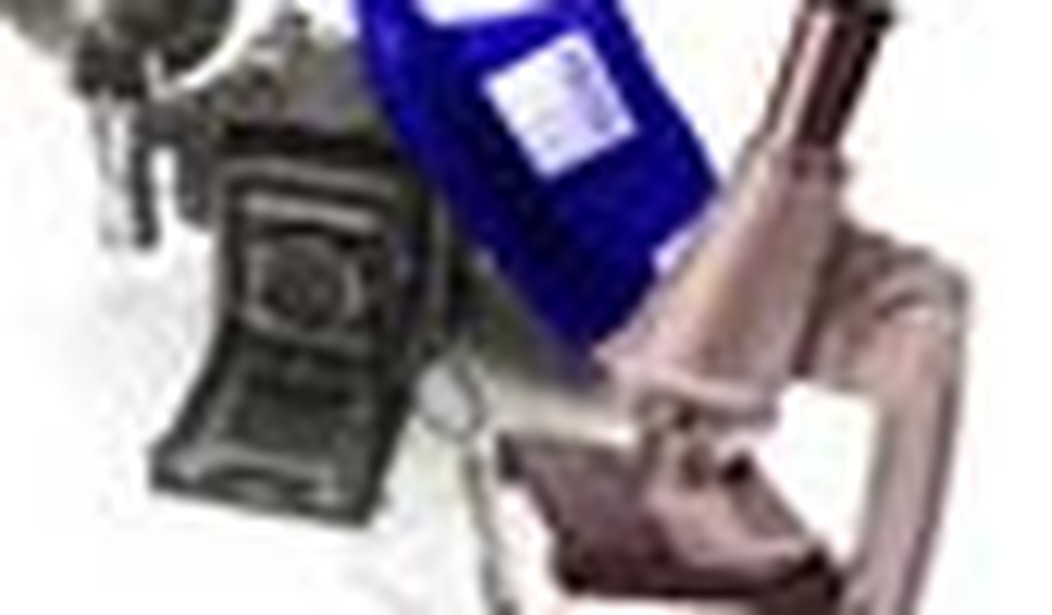The hyperlocal news site New Haven Independent seems an unlikely place to find the most in-depth, understandable, up-to-date news about nanotechnology. Yet there it is. Nestled among features about the gelato queen of New Haven and how to get the city to fix your cracked sidewalks — the meat and potatoes of local journalism — you’ll find the work of Gwyneth Shaw, the only independent journalist covering the nanotech revolution full-time in language that we all can understand.
It seems strange that decisions are being made right now about development of technology that will have an impact of everybody’s lives in the next century and beyond, yet very few people write about it independently. I tried it for a little while, gave it my all between 2001 and 2008, helped found a magazine that covered it, and launched a groundbreaking blog with an independent voice, but in the end I could not make a living at it. So I’ve largely moved on except for this column and freelance nanotech pieces here and there.
That is why Shaw’s reporting has intrigued me over the past year or so. She essentially is picking up where I left off, covering nanotech news with a skeptical reporter’s eye. Barnaby Feder at the New York Times and Rick Weiss of the Washington Post, the two others who used to cover nanotech with any depth, are no longer doing it. Science reporters at newspapers around the world are taking buyouts and getting laid off. So, without Shaw’s reporting, much of what you read about nanotechnology would be heavily influenced by press releases written by those who believe it will either save the world or destroy it.
I spoke with Shaw recently and asked her how the burden, and fun, of nanotech fell on her and the New Haven Independent. It was, initially, through a grant from the CS Fund that she was brought on board by Independent editor Paul Bass about 18 months ago. At the time, she “knew zero” about nanotechnology. What she did know, though, is how to be a good reporter — which means knowing the right questions to ask. It means cutting through the half-truths and spins being lobbed her way by the great many people with agendas who do write about nanotech.
Shaw had the right background for spin-detection. Before nanotech, she covered politics for the Baltimore Sun and the Orlando Sentinel.
“I covered the Senate for a couple of years,” Shaw says. “And there’s nothing that will make you hate journalism more than covering the Senate, because you spend your whole life chasing people around who do nothing but spin you.” Not only that, but she was one of dozens of journalists chasing the same political stories. So, why was she participating in what Shaw calls this “particular farce”?
Shaw decided she would rather blaze her own trail as one of the only independent journalists writing about nanotechnology full-time.
A year and a half after taking on the beat, Shaw has come to many of the same conclusions I have — that because so much is unknown about nanotech, it leaves those with their own agenda room to fill in the gaps.
An editor gets a press release from a local university about their latest research into nanotech-enabled cancer treatments. There have been some amazing developments in nanomedicine selectively killing cancer cells while leaving healthy ones alone. Yet, an editor might also read something about how watchdog groups claim nanoparticles are potentially bad for the environment and could actually give you cancer. Whom to believe?
“It’s quite clear that there are some things that these materials can do that are amazing. There’s no question about that,” Shaw says. “I think it’s quite clear that there are at least some places where these materials could do some real harm. I think what’s frustrating as a journalist is nobody seems to know really the hard-and-fast answers to how do you categorize both of those areas.”
Shaw describes the strange, bipolar nature of the carbon nanotube, materials that hold great promise for everything from computer chips to drug delivery. There are concerns from some quarters, though, that they could cause cancer, although the evidence is far from conclusive. “It’s either going to kill you or cure you or both,” Shaw says, adding with a laugh, “Can we use carbon nanotubes to cure the type of cancer that carbon nanotubes cause?”
Shaw has learned not to “be seduced” by every paper that says they cause or cure cancer. Like every good reporter, she has developed a decent BS detector. “I believe that’s part of journalism, no matter what anybody says. You make judgments about who you’re going to trust, who you’re going to interview, what you’re going to write about.”
These judgment calls come into play especially when writing about one of the rallying cries of the anti-nanotech movement — nanoscale titanium dioxide, which can be found in some kinds of sunscreen. The fact that nanoscale ingredients are in a widely used consumer product drives anti-nanotech activists nuts. And Shaw recognizes that it is too easy to get wrapped up only in the world of nano and view it in a vacuum. Nanoscale titanium dioxide is an alternative to oxybenzone or other chemicals that could come with their own problems. So, there’s the appearance that nanoscale sunscreen presents special problems that other alternatives do not.
“I realize sometimes that you put the blinders on because I’m focused on nano, nano, nano,” Shaw says. “I don’t want to mislead people.”
Next, Shaw would like to delve more into the implications of nanosilver, which is being used increasingly in products to kill germs, part of our society’s new “anti-microbicide fever.” Silver, of course, has been used for centuries to kill germs, but what about nanoscale silver? If that escapes into the environment, will that tip some delicate balance? Shaw wants to find out.
The trouble is, Shaw says, she is writing for the layperson and she is not certain enough laypeople read her work. I found this to be true when I wrote about nanotech full-time. There is an insular community of scientists, entrepreneurs, and investors all talking to one another in an echo chamber. She would rather write for people like herself — a concerned consumer and parent.
“That’s tough because I do feel like at this point we have some important, interesting, pretty in-depth, nuanced coverage,” Shaw says. “It’s just that nobody reads it.”
I think she is probably getting through to more laypeople than she realizes, but I understand the frustration. Many of my own attempts to break through to a larger audience for nanotechnology were met with head scratching or by editors in the mainstream media who left off at nanotech with “gray goo,” the out-of-control nanobot scenario that even its original theorist, Eric Drexler, has said is quite unlikely.
Shaw cannot say how much longer she can continue doing this in the context of a hyperlocal news site in New Haven, Conn., but she is excited about the fact that she is blazing her own trail in journalism.
“I”m 38. I’ve been at this for quite awhile,” Shaw says. “This is something new and interesting that I’m psyched about. Not that I’m not psyched about local news, but I had done quite a bit of it over many, many years in my career and this is something I’d rather focus on.”
You can read Gwyneth Shaw’s nanotech reporting here.









Join the conversation as a VIP Member